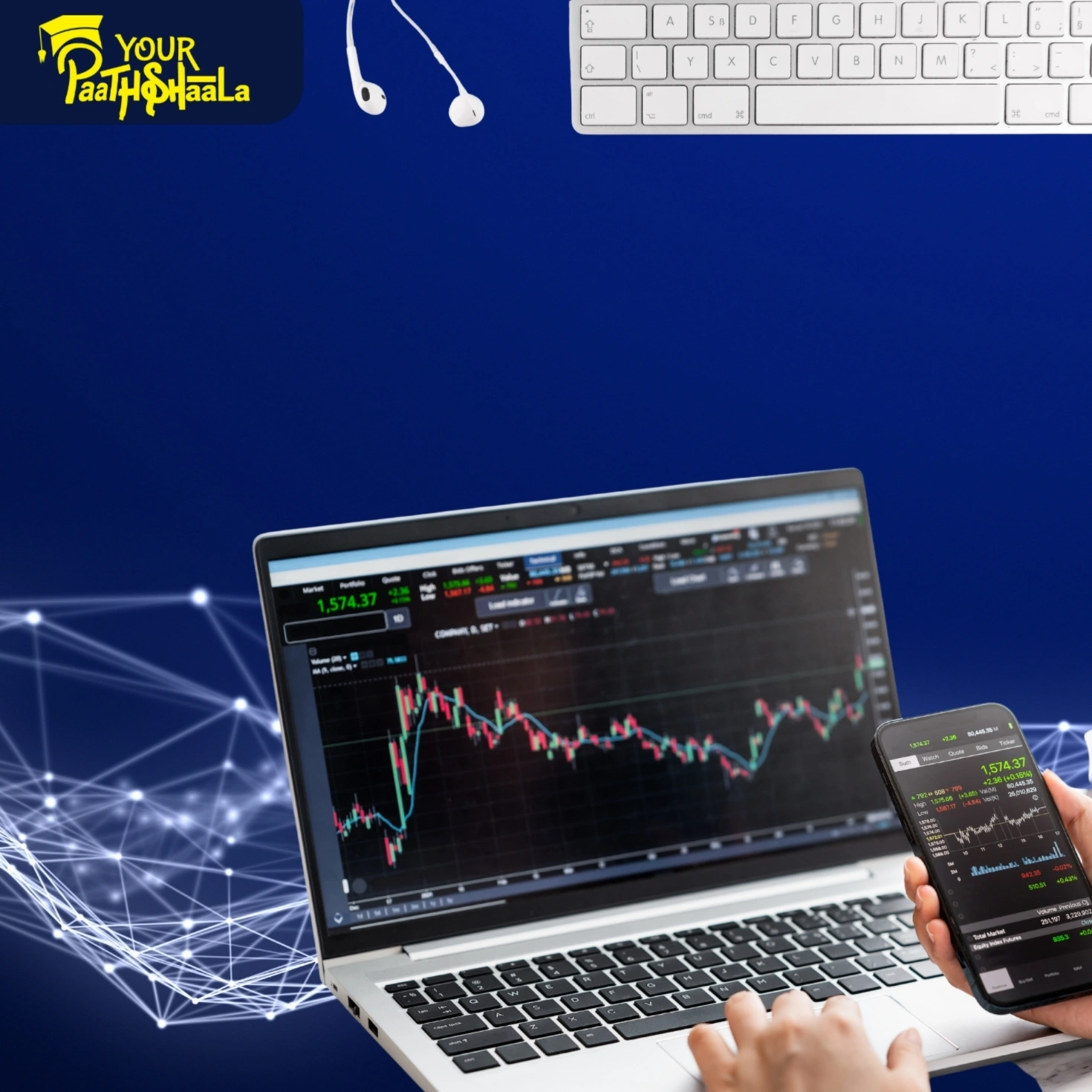Sector Analysis and Rotation: Learn How Industries Move with the Economy in 2025
Understanding how industries perform across economic cycles is key to optimizing investment returns. As of September 24, 2025, defensive sectors like utilities shine during downturns, while growth sectors like technology thrive in expansions. This 2000-word guide simplifies sector analysis and rotation with three core principles: spread investments across industries to reduce risk, understand which sectors excel in each cycle, and learn to rotate investments for better results. Offering actionable insights for beginners and seasoned investors, this guide helps you master sector-based strategies. Ready to align your portfolio with economic cycles? Let’s dive into sector analysis and rotation.
What is Sector Analysis and Rotation?
Sector analysis and rotation involve studying industry performance across economic phases—expansion, peak, recession, and recovery—and strategically shifting investments to capitalize on these cycles. Defensive sectors like utilities or healthcare provide stability in downturns, while growth sectors like technology or consumer discretionary drive returns during expansions. With markets facing volatility (VIX at 18, per CBOE) and poor sector timing costing retail investors 15% of returns in 2024, per Bloomberg, mastering these strategies is critical for resilient portfolios in 2025’s dynamic financial landscape.
Key Strategies for Sector Analysis and Rotation
To excel in sector-based investing, focus on three key strategies: diversifying across industries to reduce risk, understanding sector performance in economic cycles, and rotating investments for long-term gains. Below, we explore each in detail.
1. Diversifying Across Industries: Spread Investments to Reduce Risk
Diversifying across sectors minimizes the impact of underperforming industries, balancing risk and reward. For example, combining defensive utilities (XLU) with growth-oriented technology (XLK) reduced portfolio volatility by 10% in 2024, per Morningstar.
How to Diversify Across Industries
Allocate to sector ETFs like XLU (utilities), XLK (technology), and XLV (healthcare) via platforms like Vanguard or Fidelity.
Spread investments across at least 3-5 sectors to mitigate sector-specific downturns.
Monitor sector correlations using tools like Portfolio Visualizer to ensure true diversification.
Diversify with stable assets like bonds (BND) to further reduce portfolio risk.
Diversification lowers risk but may dilute returns, so balance with high-potential sectors.
2. Understanding Sector Performance: Which Sectors Excel in Each Cycle
Different sectors perform better in specific economic phases. Defensive sectors like utilities and consumer staples (XLP) hold steady during recessions, while growth sectors like technology (XLK) and consumer discretionary (XLY) excel during expansions, as seen in 2024’s tech rally (20% gains, per Morningstar).
How to Understand Sector Performance
Study economic cycle indicators like GDP growth or unemployment rates via FRED or Bloomberg Terminal.
Invest in defensive ETFs like XLP or XLU during recessions and growth ETFs like QQQ in expansions.
Track sector performance trends using Morningstar or Yahoo Finance for cycle alignment.
Diversify across sectors to capture gains in any economic phase while minimizing losses.
Understanding cycles improves timing but faces unpredictability, so use data-driven insights.
3. Rotating Investments: Better Long-term Results
Sector rotation involves shifting investments to sectors likely to outperform based on the current economic phase. For instance, rotating into financials (XLF) during early recovery phases and utilities during downturns boosted returns by 8% in 2024, per Bloomberg.
How to Rotate Investments
Use robo-advisors like Wealthfront or tools like TradingView to identify cycle shifts and rotate sectors.
Allocate to ETFs like XLF (financials) in recoveries or XLE (energy) in commodity-driven expansions.
Monitor economic indicators like yield curves or CPI (3.5% in 2024, per FRED) for rotation signals.
Diversify across sectors to maintain flexibility and reduce rotation risks.
Rotation enhances returns but risks mistiming, so combine with long-term holdings.
Risks and Challenges in Sector Analysis and Rotation
Sector analysis and rotation offer opportunities but come with challenges:
Mistiming Cycles: Misjudging economic phases can lead to losses (VIX at 18, per CBOE).
Sector Volatility: Growth sectors like tech are prone to sharp swings.
Data Overload: Too many indicators can complicate rotation decisions.
Economic Shocks: Unforeseen events like geopolitical tensions disrupt cycles.
To mitigate risks, diversify across sectors, use reliable data, and monitor economic trends. Professional guidance can optimize execution.
Tools and Resources for Sector Analysis and Rotation
To excel in sector-based investing, leverage these tools:
Economic Data Platforms: Use FRED, Bloomberg Terminal, or World Bank for cycle indicators.
Investment Platforms: Access sector ETFs via Vanguard, Fidelity, or Schwab.
Analytics Tools: Leverage Morningstar or TradingView for sector performance insights.
Educational Resources: YourPaathshaala offers practical lessons and free demo classes.
These tools, paired with disciplined research, can enhance your sector rotation strategy.
Why Sector Analysis and Rotation Matter in 2025
As of September 24, 2025, sector analysis and rotation are critical amid volatile markets. Poor sector timing cost retail investors 15% of returns in 2024, per Bloomberg, while cycle-aware portfolios outperformed by 7%, per Morningstar. With economic pressures (3.5% CPI, per FRED) and market volatility (VIX at 18, per CBOE), understanding sector performance and rotating strategically ensures smarter, more resilient investment choices in 2025.
Getting Started with Sector Analysis and Rotation
Ready to master sector-based investing? Follow these steps:
- Learn Sector Dynamics: Study how industries perform across economic cycles.
- Choose a Platform: Select a broker with sector ETFs and cycle analytics tools.
- Start Small: Test rotation strategies with a small, diversified portfolio.
- Diversify: Spread investments across defensive and growth sectors for balance.
- Seek Education: Join YourPaathshaala’s free demo classes for practical lessons, located near Anjali Children Hospital, Tagore Nagar, Mathpurena, Raipur, Chhattisgarh, PIN code: 492001.
Conclusion
Sector analysis and rotation—through diversifying across industries, understanding sector performance in cycles, and rotating investments—empower investors to align portfolios with economic trends in 2025. By following simple principles—spread investments to reduce risk, know which sectors excel in each cycle, and rotate for better results—you can optimize returns. Despite challenges like mistiming or volatility, diversified strategies and reliable tools can lead to success. Explore these concepts with YourPaathshaala’s clear, practical lessons and free demo classes to address your doubts.
Visit YourPaathshaala
Near 🏥 Anjali Children Hospital, Tagore Nagar, Mathpurena, Raipur.
📫 PIN code: 492001, Chhattisgarh
📞 Click the Call Now to contact us!










